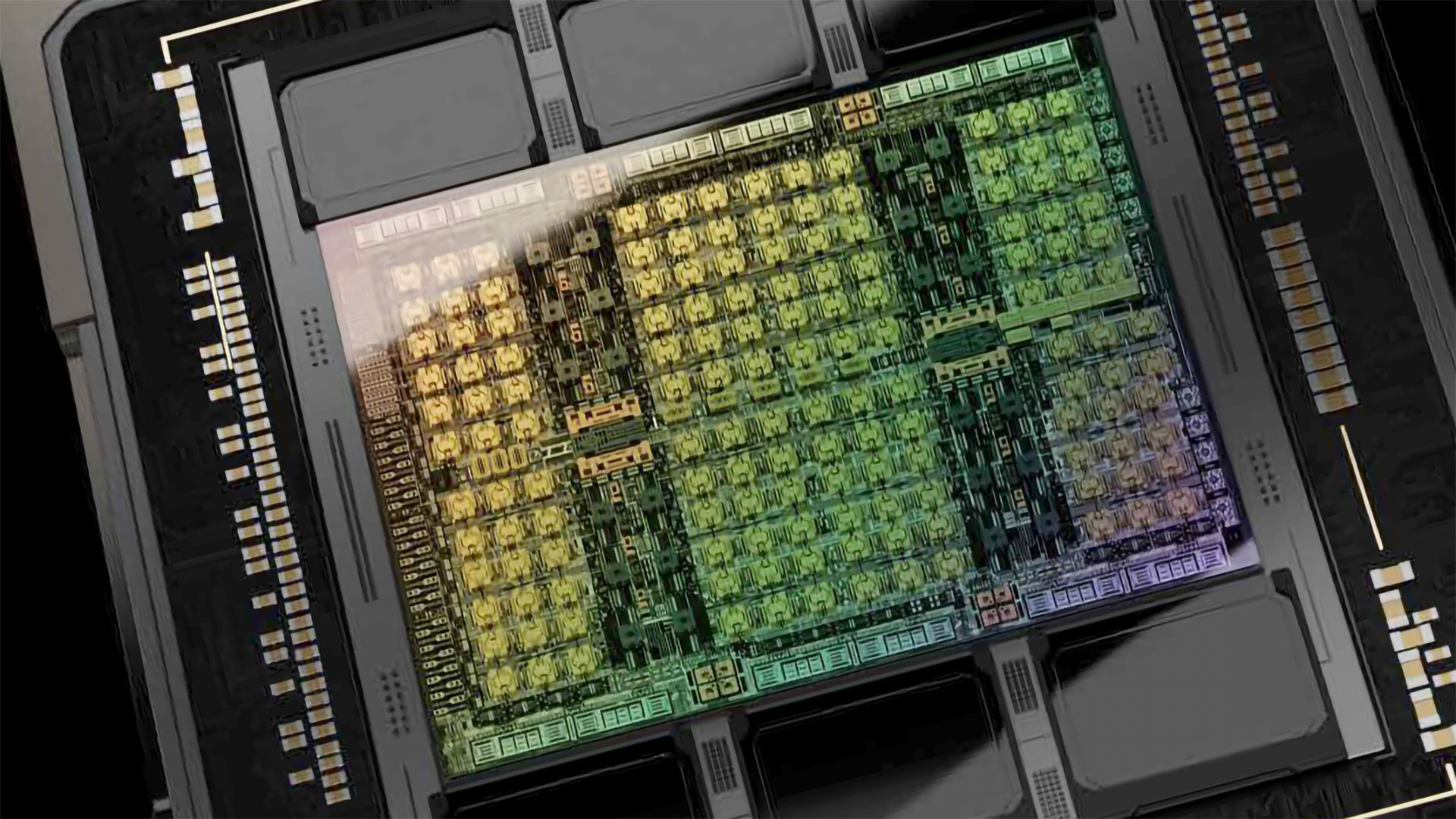Nvidia is testing the waters with two new AI GPUs for China — CEO says customers are sampling them now

According to a report from Reuters, Nvidia CEO Jensen Huang says his company will be launching two more AI GPUs for China. The GPUs are sampled with clients, a crucial phase before launch. Unlike the first generation of made-for-China Nvidia GPUs (all banned in October), Nvidia’s second-generation China GPUs may have to contend with much tougher competition.
“We’re sampling it with customers now. Both of them comply with the regulation without a license. We’re looking forward to customer feedback on it,” Huang told Reuters.
Details for these two GPUs are scarce, with no specifications, names, or other vital information mentioned by either the Nvidia CEO or Reuters. It’s possible that Huang wasn’t referring to two never-before-seen GPUs but rather the company’s upcoming L2 and L20 Lovelace-based cards. Both already have broken covers and public specifications but may not have technically launched yet, unlike their Hopper-based counterpart, H20.
Whether Nvidia will have five or three AI GPUs that can legally be shipped off to China, the company expects this round to be much more challenging. When discussing the prospects for the new chips’, Huang stated, “We’re expecting that we’re... going to go compete for business, and hopefully we can serve the market successfully.” It’s an unusually reserved comment for the company that dominates its field in the rest of the world, where success for Nvidia is a foregone conclusion.
However, as U.S. sanctions and export restrictions prohibit Nvidia from sending GPUs with more than a certain level of performance, the company’s top-end Ampere, Hopper, and Lovelace GPUs can’t legally be sold in China. After the first round of sanctions, Nvidia cut down its A100 and H100 cards and turned them into the A800 and H800, which were still plenty fast. The second round of sanctions made these GPUs too fast to sell in China, and Nvidia’s second generation of sanctions-compliant GPUs are even cut-down and slower.
Now, Nvidia has to compete with one hand tied behind its back, and now the company has competition. Huawei’s HiSilicon Ascend 910B is about on par with Nvidia’s H20, with the 910B having the edge in FP32 performance, according to an earlier Reuters report. If Nvidia could bring its best GPUs to China, there would practically be no contest, but sanctions have significantly limited Nvidia’s product stack there.
At minimum, sanctions have disrupted Nvidia’s sales to China, which represented 22% of sales in the third quarter of 2023 but only 9% in the fourth quarter, which saw the second round of U.S. sanctions. Meanwhile, Q4 as a whole saw 27% more revenue than Q3. This may be solely because Nvidia couldn’t ship the GPUs it expected to before the latest sanctions, but it could also be because of competition. That Nvidia expects China to only represent 9% of sales in Q1 (the same as Q4) indicates it’s not simply a supply chain matter.
Get Tom's Hardware's best news and in-depth reviews, straight to your inbox.

Matthew Connatser is a freelancing writer for Tom's Hardware US. He writes articles about CPUs, GPUs, SSDs, and computers in general.